|
HOME: www.hiltonpond.org |
|||
THIS WEEK at HILTON POND Subscribe for free to our award-winning nature newsletter (Back to Preceding Week; on to Next Week) |
11-19 Nov 2017 & 20-28-Jan 2018 Come be part of a real |
All text, maps, charts & photos © Hilton Pond Center AMERICAN GOLDFINCH: It should not be a surprise to folks who know birds that our most common avian visitors to Hilton Pond Center are species that hang out in flocks AND that just happen to like food we make available in various kinds of feeders. Our top three flocking species are, in order of number banded: American Goldfinch (late winter adult male, above), House Finch, and Purple Finch. If it weren't for all those Ruby-throated Hummingbirds that lap up gallons of sugar water, a fourth finch species--Pine Siskin--would be in the #4 position. All text, maps, charts & photos © Hilton Pond Center (Click on chart above for a larger version in a new browser window) We offer bird seed and suet year-round that attract a smattering of American Goldfinches (AMGO) and House Finches during the breeding season. Then, as summer turns to fall the finches start trickling in--sometimes waterfalling--until reaching highest numbers in January and early February. Although some years there are few Purple Finches and absolutely no Pine Siskins, typically we can depend on AMGO to keep us busy placing sunflower seed in two over-sized tube feeders. Annually over our 36 years of work at the Center we've banded an average of 295 goldfinches (see chart above), with a record-shattering 838 back in 2007. And, as the dotted red trend line on our chart reveals, we've seen a significant increase in banded AMGO since 1982. (We suspect the 220 goldfinches banded in 2017 through February will have helped us reach at least the 400 mark by year's end.)
All text, maps, charts & photos © Hilton Pond Center Winter American Goldfinches at Hilton Pond Center look very different from those we band April through October, primarily because they're in non-breeding plumage. Adult males (above) may have a hint of bright yellow, but their body plumage is drab and they show only a hint of the black forehead and crown that are part of their breeding attire. Sometimes AMGO can be identified as adult male because of a bright yellow bend in the wing, visible in the image above. (NOTE: Despite what you may read in field guides this is NOT the bird's shoulder, but its wrist.) In winter the bill is colored differently in both males and females--brownish black instead of the carrot-orange mandibles of summer. (Also see photo of winter male at top of page.) One thing that does not change in males, however, is the color of their jet-black wing feathers.
All text, maps, charts & photos © Hilton Pond Center Winter males do resemble less brightly colored females, but the female's wrist is never yellow. Furthermore, a female's wings (above) are never jet black and vary from brownish black to a subdued black that contrasts less obviously with the white tips of secondary coverts; to be honest, wing color is sometimes hard to discern from a distance, but comparing overall appearance of goldfinches at a feeder usually allows you to differentiate sexes.
All text, maps, charts & photos © Hilton Pond Center When a male AMGO fledges his wrist lacks yellow feathers; instead it is a mix of black and olive feathers as shown in the photo just above. It takes a male two years to acquire his yellow wrist, so if seen in February 2017 a bright-wristed adult male must have hatched in 2015 or earlier and is called after-second-year.
All text, maps, charts & photos © Hilton Pond Center Even though their wrists are drab young males still have jet black wing feathers (above). This image also shows how recently fledged goldfinches of either sex may have brownish wing bars instead of white. All text, maps, charts & photos © Hilton Pond Center Ageing young male American Goldfinches is relatively easy--especially in-the-hand when you can look closely for the absence of a yellow wrist. As noted, it may even be possible to determine adult males at your feeder if you can see a bright wrist. Young females (above) can be especially drab, but conclusively ageing them can be a more difficult matter.
All text, maps, charts & photos © Hilton Pond Center For a bird bander, one of the best ways to age female American Goldfinches is to look at the rectrices (tail feathers). If the tips are acute (pointed), as above, the bird is a youngster; i.e., a hatch-year individual through 31 December, or an after-hatch-year beginning 1 January. Tail feathers on younger birds often show more wear.
All text, maps, charts & photos © Hilton Pond Center Instead of bearing pointed rectrices an adult (after-second-year) AMGO typically will have tail tips that are broadly rounded (above) and show minimal wear. (NOTE: As indicated by strong white edging on individual feathers, both photos above are actually of male goldfinches. Although females do not show this degree of white edging, the images still nicely demonstrate the pointed vs. rounded nature of rectrices in "young" and "old" AMGO.)
All text, maps, charts & photos © Hilton Pond Center And just another word about bill color in American Goldfinches. The adult female in the image above has dark mandibles that are typical of both male and female AMGO in winter. Bird bills are comprised of keratin--that same hard material of which human fingernails and horse hooves are made. Since keratin is non-living, one might wonder how a goldfinch's bill can change to bright orange during the breeding season. The answer is this: Keratin makes up only the bill's hard outer sheath, beneath which lies living skin tissue with active blood vessels.
All text, maps, charts & photos © Hilton Pond Center With the arrival of spring, a goldfinch's entire metabolism changes. Dormant gonads re-enlarge, releasing hormones that cause the bird to lay down yellow pigment in new feathers that, in turn, replace the drab plumage of winter. Hormones likewise direct cells in the bird's living mandibular tissue to deposit yellow and red pigments that apparently mix to make the bill orange. The early spring male in the photo above--breeding-bright and with a black forehead--still has some drab winter nape feathers and his bill has not yet changed over to being fully orange. Although lots of birds go through spring molt, the process seems more dramatic among American Goldfinches--especially males. (Quick change artists, indeed. See "calico" male below right.)
Incidentally, American Goldfinches--like other birds--don't make all that yellow, red, and orange pigment on their own. Instead they rely on food as the source for these chemical pigments. Plants CAN manufacture colorful xanthophyll and carotene--often sequestered in their fruits--so when you hang a thistle sock (above) or a tube feeder full of sunflower seeds you're providing plant pigments your American Goldfinches need to to become "gold." (Theoretically, if you could raise an AMGO on food that didn't contain any plant pigments, he would turn out to be a grayfinch instead. Even insects the goldfinch eat get their yellow and red pigments from plants THEY feed on.)
All text, maps, charts & photos © Hilton Pond Center We recently saw aan on-line photo of an inexpensive three-tube finch feeder with feeding spaces purported for up to 24 American Goldfinches. (Can you age and sex all the AMGO in the advertising photo above?) Always eager to try out a new feeder style, we ordered one and upon receipt filled it with what one dealer calls a "deluxe winter finch mix" (This mix contains pigment-rich nyger thistle, white millet, canary seed, finch millet and sunflower chips, although there is some indication goldfinches ignore white millet and canary seed, dropping the latter where ground-feeding sparrows will eat it. One suggestion is to make your own "goldfinch mix" of nyger, sunflower chips, and perhaps finch millet if you can find it.) American Goldfinches were already on the wane at Hilton Pond Center by the time we hung the feeder, so the best we could do was a "mere" 12 at once! We look forward to next fall's arrival of "drab winter goldfinches" and the opportunity to practice ageing and sexing these abundant little birds on our new triple-tube feeder. (P.S. All the AMGO on the triple tube feeder above appear to be adult males.) All text, maps, charts & photos © Hilton Pond Center
All text, maps, charts & photos © Hilton Pond Center Seventh-year male American Goldfinch (above) wearing Don't forget to scroll down for Nature Notes & Photos,
Checks can be sent to Hilton Pond Center at: All contributions are tax-deductible on your |
|---|
|
"This Week at Hilton Pond" is written and photographed by Bill Hilton Jr., executive director of Hilton Pond Center for Piedmont Natural History
|
|
|
Please refer "This Week at Hilton Pond" to others by clicking on this button: |
Comments or questions about this week's installment? Send an E-mail to INFO. (Be sure to scroll down for a tally of birds banded/recaptured during the period, plus other nature notes.) |

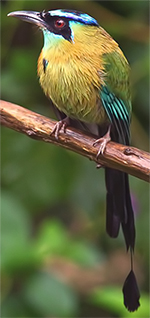 JUST ANNOUNCED!
JUST ANNOUNCED! 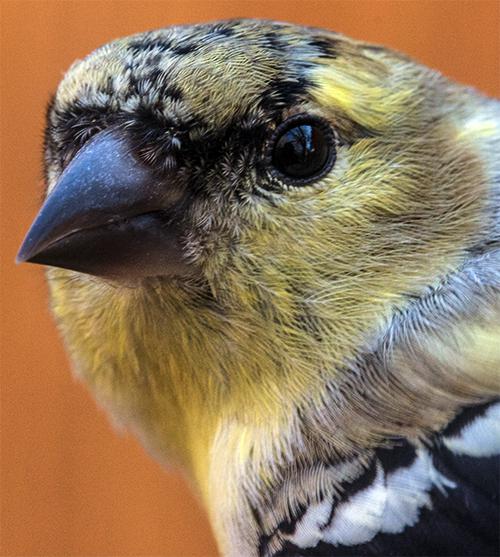
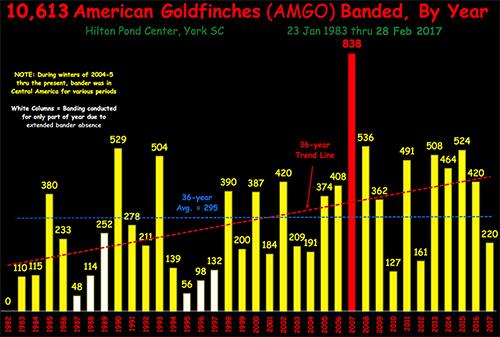
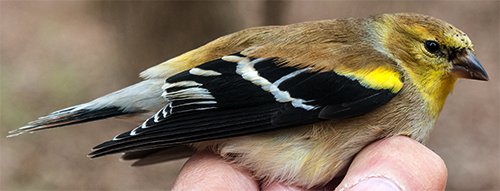
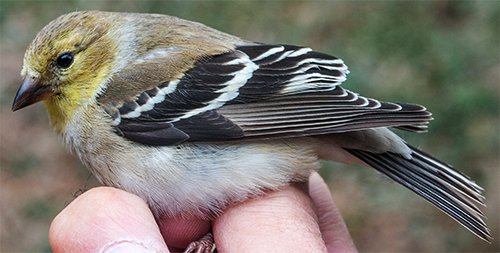
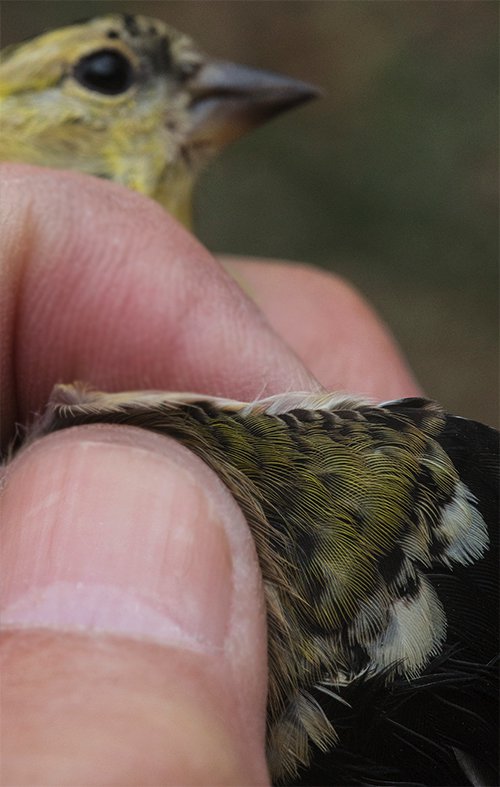
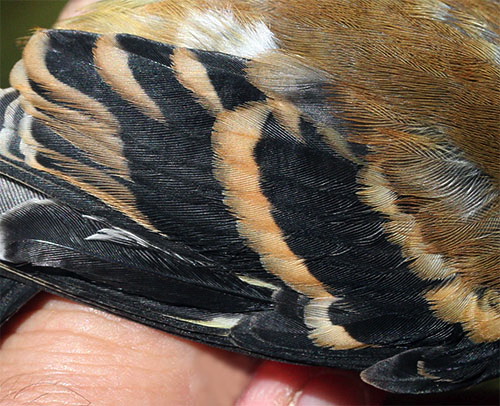
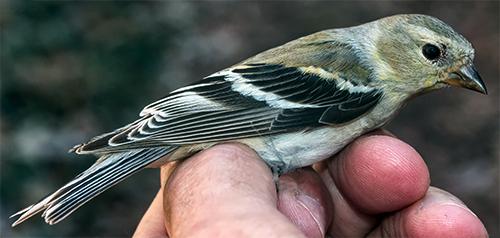
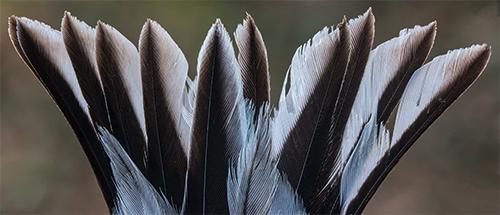
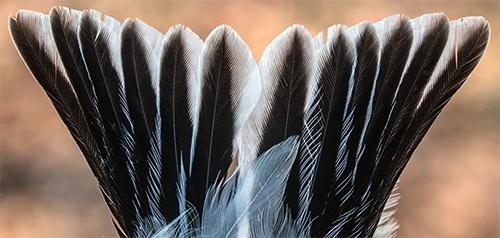
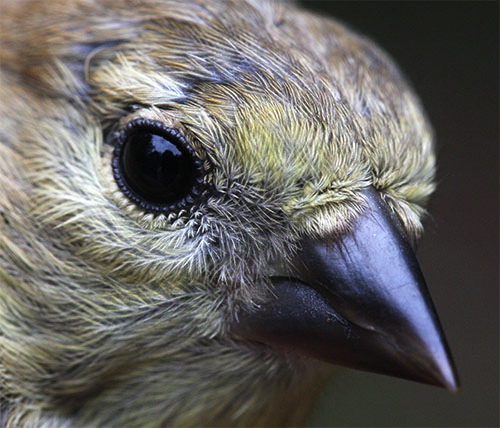
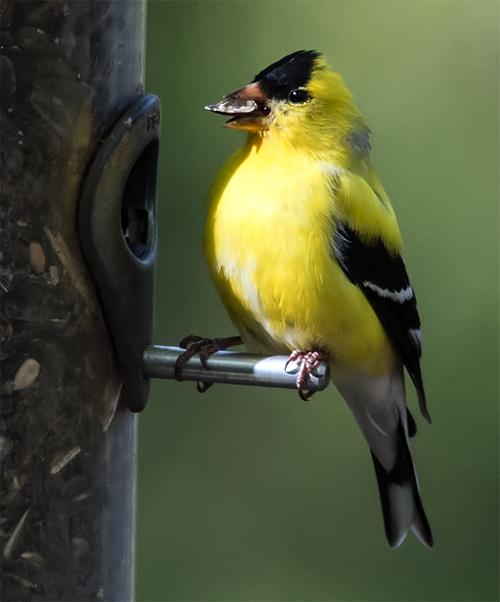
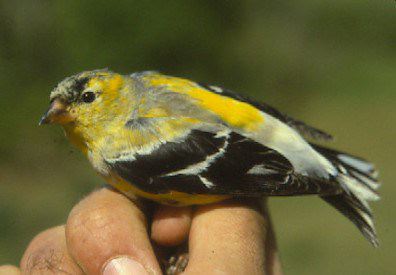 A question we've always had is why goldfinches should even acquire breeding plumage so early in the year. After all, American Goldfinches are among the very last birds to build nests, lay eggs, and fledge young in late summer and early fall, so it seems being an "unnecessarily bright" non-breeding bird against the spring landscape would make AMGO much more visble to potential predators. Thus, there must be something else going on that makes an early molt so advantageous. Perhaps it's important for American Goldfinches to appeal early to prospective mates, or maybe it's something else entirely. We welcome your thoughts about what might be happening at
A question we've always had is why goldfinches should even acquire breeding plumage so early in the year. After all, American Goldfinches are among the very last birds to build nests, lay eggs, and fledge young in late summer and early fall, so it seems being an "unnecessarily bright" non-breeding bird against the spring landscape would make AMGO much more visble to potential predators. Thus, there must be something else going on that makes an early molt so advantageous. Perhaps it's important for American Goldfinches to appeal early to prospective mates, or maybe it's something else entirely. We welcome your thoughts about what might be happening at 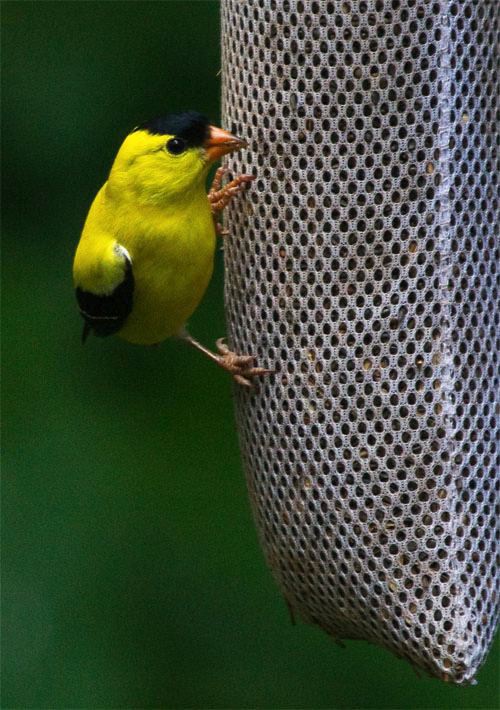
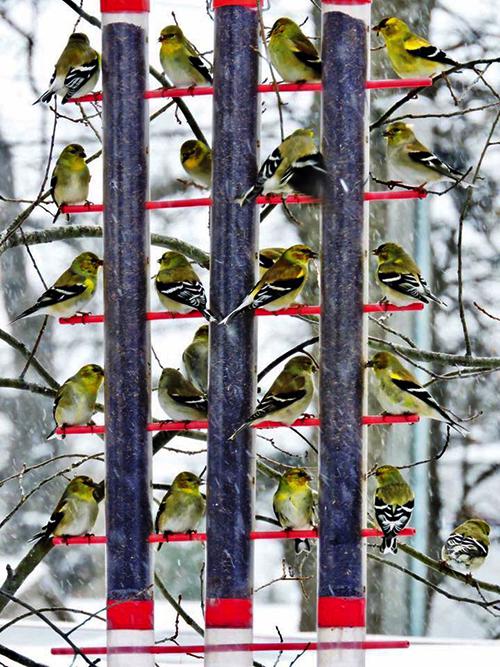
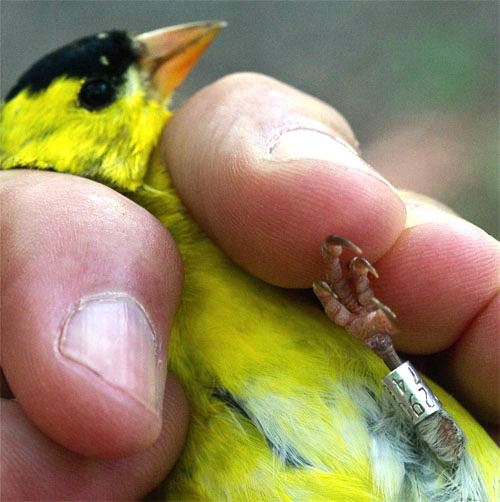









 Oct 15 to Mar 15:
Oct 15 to Mar 15: